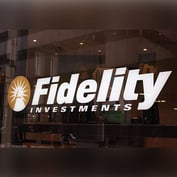The Securities and Exchange Commission (SEC) recently denied an application from Precidian Investments to launch non-transparent actively managed ETFs. Although product developers are dejected by the SEC’s ruling, should advisors be too?
All ETFs — even actively managed ones — are currently required to publicly disclose their daily holdings. Not only does this keep the fund’s share price closely hinged to its net asset value (NAV), but it helps market makers to execute their job. It also helps investors to know the underlying holdings that make up each ETF’s respective portfolio.
A non-transparent ETF would conceivably eliminate all of the wonderful benefits of 100% daily transparency that advisors and investors have grown to expect in the ETF marketplace.
Some investment firms like Eaton Vance are still pushing ahead with plans for semi-transparent products. Last year, the firm got SEC approval for “ETMF” also known as “exchange-traded managed funds.” This new product type “is quite different from other non-transparent ETF structures, since it’s actually a modification of both a mutual fund and a traditional ETP,” according to Lawrence Petrone, CFA at Kasina.
However exciting the market for non-transparent or even semi-transparent ETPs might be, wasn’t a lack of financial transparency one of the leading causes of the 2007–09 credit bust? During that crisis, many conservative bond investors didn’t realize that risky debt instruments like collateralized mortgage obligations (CMOs) and other Wall Street delicacies had found a way into their investment portfolios. How would a lack of financial transparency be any different during a future crisis?








 August 31, 2015 at 08:00 PM
August 31, 2015 at 08:00 PM










